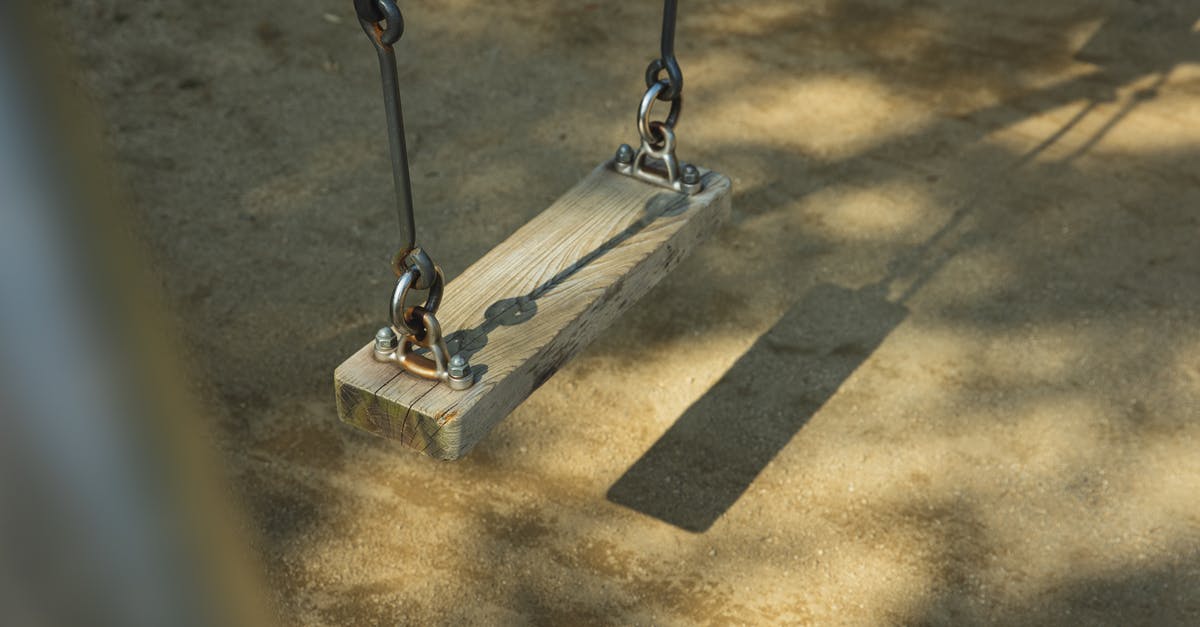Seasoned Cast Iron NOT being Non-stick

I've seasoned my cast iron for about 6 times after I got it. It is a 10" Lodge skillet. I used flaxseed oil for seasoning the cast iron pan. Followed every step found on the web, thin layer, baked at 400 degrees F for about an hour. There was no problem seasoning the pan. It had a shiny finish with NO sticky surface.
However, when I fried an egg in the hot pan with a lot of oil, it got stuck badly. I had to scrub the residue with salt. When the pan dried, the seasoning seem to have come off with patchy spots on the pan. How do I fix it? I thought minimal seasoning is going to come off and a seasoned pan is going to be non-stick? Please help.
Best Answer
Don't use flaxseed oil, it's one of the worst.
Something I only discovered recently is it's not just the smoke point you should be concerned about, it's the iodine number. This is important when it comes to the oil's polymerisation to make your coating. The lower the iodine number, the harder the resulting polymer finish. The smoke point should be used as a reference only for what temperature you should season at. If your oven can't reach the smoke point, pick an oil that it can.
To get the hardest, most durable surface you want an oil with the lowest value you can get. As this is actually coconut oil [about 8], you may not want to work with that aroma, so the lowest value odourless/flavourless oil is palm kernel oil [about 17]. You're probably good to a value of maybe 50 before things start to go downhill. The higher the iodine number the softer & more sticky the resulting polymer is.
Flaxseed is about 200, literally at the other end of the scale. [It's not actually on that wikipedia list but you can search it independently].
As you currently have a soft layer, which may or may not be completely polymerised, I would suggest stripping it & starting over. Once you have the correct oil, make sure you get your oven hot enough to polymerise the oil. You need to be above the smoke point - which means you need ventilation. Each layer takes an hour to 'bake' then at least an hour if not two to cool. You then repeat the process up to 6 or 8 times. Your oil application each time should essentially be 'hardly enough to even tell it's there. Light, light coats & repetition are the way. If it pools or drips, you will get an uneven result with soft areas that didn't fully polymerise.
After comments, refs:
This first is the one most people go to for 'proof' flaxseed is the best - but if you read the comments underneath you'll find many people get a sticky or flaking surface with this method. - Chemistry of Cast Iron Seasoning: A Science-Based How-To
Flaxseed is specifically mentioned as not recommended in this one - SeriousEats; How to Season a Cast Iron Pan (It's Easier Than You Think!)
Rumtscho's answer on What oil is best for seasoning a cast-iron skillet
For my final test - which I'll have to get back to you on - I'll be using either coconut oil [which I already have] or palm kernel [which I've yet to source] for a new pan I know I'll be opening on the * 25th *.
I'll let you know how it goes, compared to be previous attempts.
Pictures about "Seasoned Cast Iron NOT being Non-stick"



Quick Answer about "Seasoned Cast Iron NOT being Non-stick"
Even with a properly seasoned cast iron pan, you must first heat the pan up before you start to cook. And for the first few times you still have to add a bit of oil or fat to make it stick resistant. Then add your egg to cook. If the pan is not hot enough the egg/food will still stick.Why is my seasoned cast iron not non-stick?
If the cast iron pan was not seasoned properly or a portion of the seasoning wore off and food sticks to the surface or there is rust, then it should be properly cleaned and re-seasoned. Seasoning a cast iron pan is a natural way of creating non-stick cookware.Why is my cast iron sticking after seasoning?
If the seasoning in your pan is sticky, this is a sign of excess oil built up on the cookware. The Fix: To remedy stickiness, place the cookware upside down on the top rack of the oven and bake at 450-500 degrees F for one hour. Allow to cool and repeat if necessary.How do you fix an improperly seasoned cast iron skillet?
Splotchy, patchy, or uneven cast iron is caused by using too much oil during the seasoning process. To fix it, scour the pan with steel wool to remove old seasoning. Wash and dry the pan. Apply a thin layer of oil, wipe the pan down with a towel, and heat it in the oven at 500 degrees for an hour.Why is My Cast Iron Sticky? And How to Fix It!
More answers regarding seasoned Cast Iron NOT being Non-stick
Answer 2
I don't have a specific remedy for the seasoning, as there are lots of things that could have gone wrong. I suspect if this was a new Lodge pan, there may have been some issues with the added seasoning layers integrating well and sticking to the seasoning Lodge already puts on its pans. (I assume this pan was already seasoned -- i.e., dark black -- when it was purchased?) That, combined with the somewhat lower temperature of 400F may not have completely polymerized and bonded the new seasoning to what was likely already there.
Anyhow, I just want to address this point in the question: I thought minimal seasoning is going to come off and a seasoned pan is going to be non-stick?
If you haven't used cast iron before, I would just mention that you should not expect miracles. Cast iron is not as non-stick as something like Teflon, and never will be. I just want new cast iron users not to have inflated expectations, because you're bound to be disappointed.
Eggs are tough to cook on new cast iron, even Lodge's stuff that comes seasoned from the factory. Lodge pans also typically have the bumpy surface standard with modern cast iron pans, which adds to the difficulty in eggs sticking. The only cast iron pans I can say I really can easily cook eggs in without a lot of sticking are older pans that were machined smooth (as many manufacturers used to do). These pans have also been used for many years and maintained with a very strong layer of perfectly smooth seasoning. Still, I don't tend to cook eggs in those pans (though I could) as I have other cookware better suited to cooking eggs.
Cast iron can become reasonably non-stick with proper seasoning and over years of use, even the bumpy modern stuff. But don't expect miracles. Eggs are never the first thing you should try in a new pan or a recently seasoned one. Pan fry some stuff. Cook some bacon. After you find other foods are cooking well without sticking, then maybe try an egg.
There are lots of things that might have gone wrong with your initial seasoning technique, but I'd recommend scrubbing it down well, putting on a layer or two of seasoning again, and then just cooking a few foods that won't tend to stick a lot until you get used to the pan.
Answer 3
I've found that seasoning is only one part of the equation.
Another part is the texture of the pan. See myth #6 from Kenji at Serious Eats: The Truth About Cast Iron Pans: 7 Myths That Need To Go Away
I've polished my pans with a wirebrush on a drill, a palm sander, and a lot of elbow grease. (I'm sure there are better tools, though.) That's made a significant difference. Now my cast iron is about as good as my Lodge carbon steel pan, which came completely smooth from the factory.
One other factor that makes a huge difference: Season your pan immediately before using it. When I completely preheat my pan with a small amount of oil, scrambled eggs don't stick. I got this tip from Christopher Kimball on America's Test Kitchen Radio a few years back.
Answer 4
Can you please go step by step with how you are cooking your egg? Even with a properly seasoned cast iron pan, you must first heat the pan up before you start to cook. And for the first few times you still have to add a bit of oil or fat to make it stick resistant. Then add your egg to cook. If the pan is not hot enough the egg/food will still stick. Unfortunately with cast iron it still needs to be heated to the proper temp for it to be stick resistant. I find the butter works better for eggs than oil. And you don't need that much of it, just enough to make a thin later on the cooking surface. It will brown more evenly with just a little bit of it. Too much fat will not give you an even browning.
Answer 5
I don't think I did anything special when my cast iron pots or pans were new (decades ago). Just cooking pork or beef probably did the seasoning. I've forgotten that an empty pan was over a hot burner, essentially de-seasoning it. But just cooking something fatty makes it slick-black again. If I wash a cast iron pan I'll put some oil in to cook something that might stick.
Sources: Stack Exchange - This article follows the attribution requirements of Stack Exchange and is licensed under CC BY-SA 3.0.
Images: Erik Mclean, Erik Mclean, Milan, Ryutaro Tsukata
